What is TensorFlow?TensorFlow is a popular framework of machine learning and deep learning. It is a free and open-source library which is released on 9 November 2015 and developed by Google Brain Team. It is entirely based on Python programming language and use for numerical computation and data flow, which makes machine learning faster and easier. TensorFlow can train and run the deep neural networks for image recognition, handwritten digit classification, recurrent neural network, word embedding, natural language processing, video detection, and many more. TensorFlow is run on multiple CPUs or GPUs and also mobile operating systems. The word TensorFlow is made by two words, i.e., Tensor and Flow
TensorFlow is used to define the flow of data in operation on a multidimensional array or Tensor. 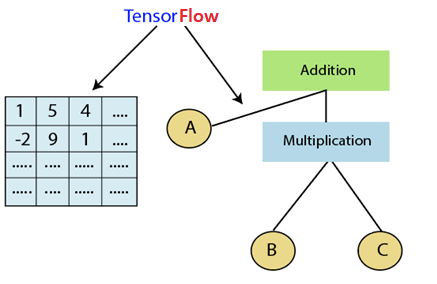
History of TensorFlowMany years ago, deep learning started to exceed all other machine learning algorithms when giving extensive data. Google has seen it could use these deep neural networks to upgrade its services:
They build a framework called TensorFlow to permit researchers and developers to work together in an AI model. Once it approved and scaled, it allows lots of people to use it. It was first released in 2015, while the first stable version was coming in 2017. It is an open- source platform under Apache Open Source License. We can use it, modify it, and reorganize the revised version for free without paying anything to Google. Components of TensorFlowTensorThe name TensorFlow is derived from its core framework, "Tensor." A tensor is a vector or a matrix of n-dimensional that represents all type of data. All values in a tensor hold similar data type with a known shape. The shape of the data is the dimension of the matrix or an array. A tensor can be generated from the input data or the result of a computation. In TensorFlow, all operations are conducted inside a graph. The group is a set of calculation that takes place successively. Each transaction is called an op node are connected. 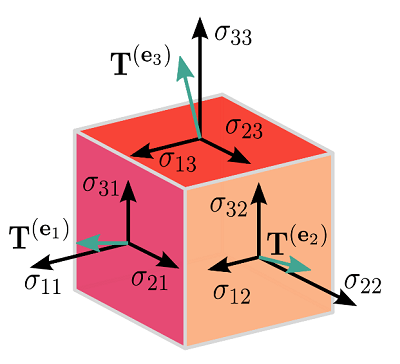
GraphsTensorFlow makes use of a graph framework. The chart gathers and describes all the computations done during the training. Advantages
Consider the following expression a= (b+c)*(c+2) We can break the functions into components given below: d=b+c Now, we can represent these operations graphically below: 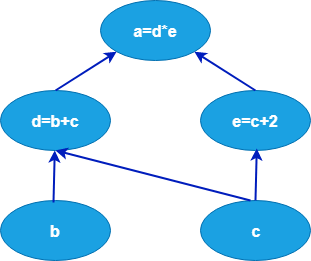
SessionA session can execute the operation from the graph. To feed the graph with the value of a tensor, we need to open a session. Inside a session, we must run an operator to create an output. Why is TensorFlow popular?TensorFlow is the better library for all because it is accessible to everyone. TensorFlow library integrates different API to create a scale deep learning architecture like CNN (Convolutional Neural Network) or RNN (Recurrent Neural Network). TensorFlow is based on graph computation; it can allow the developer to create the construction of the neural network with Tensorboard. This tool helps debug our program. It runs on CPU (Central Processing Unit) and GPU (Graphical Processing Unit). TensorFlow attracts the most considerable popularity on GitHub compare to the other deep learning framework. Use Cases/Applications of TensorFlow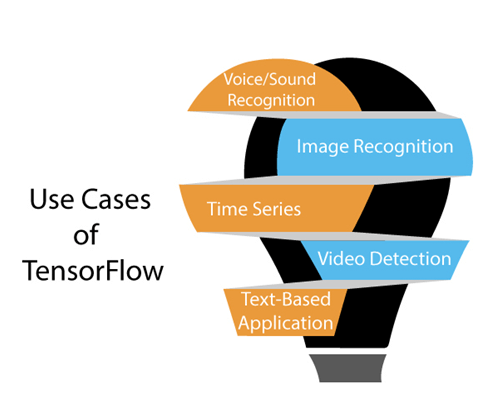
TensorFlow provides amazing functionalities and services when compared to other popular deep learning frameworks. TensorFlow is used to create a large-scale neural network with many layers. 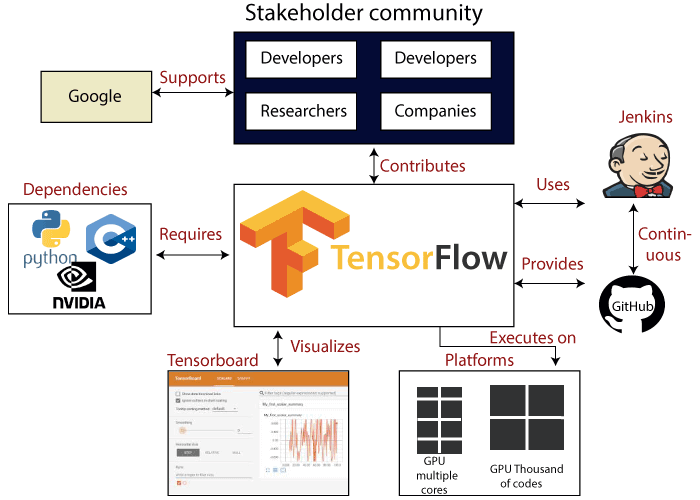
It is mainly used for deep learning or machine learning problems such as Classification, Perception, Understanding, Discovering Prediction, and Creation. 1. Voice/Sound RecognitionVoice and sound recognition applications are the most-known use cases of deep-learning. If the neural networks have proper input data feed, neural networks are capable of understanding audio signals. For example: Voice recognition is used in the Internet of Things, automotive, security, and UX/UI. Sentiment Analysis is mostly used in customer relationship management (CRM). Flaw Detection (engine noise) is mostly used in automotive and Aviation. Voice search is mostly used in customer relationship management (CRM) 2. Image RecognitionImage recognition is the first application that made deep learning and machine learning popular. Telecom, Social Media, and handset manufacturers mostly use image recognition. It is also used for face recognition, image search, motion detection, machine vision, and photo clustering. For example, image recognition is used to recognize and identify people and objects in from of images. Image recognition is used to understand the context and content of any image. For object recognition, TensorFlow helps to classify and identify arbitrary objects within larger images. This is also used in engineering application to identify shape for modeling purpose (3d reconstruction from 2d image) and by Facebook for photo tagging. For example, deep learning uses TensorFlow for analyzing thousands of photos of cats. So a deep learning algorithm can learn to identify a cat because this algorithm is used to find general features of objects, animals, or people. 3. Time SeriesDeep learning is using Time Series algorithms for examining the time series data to extract meaningful statistics. For example, it has used the time series to predict the stock market. A recommendation is the most common use case for Time Series. Amazon, Google, Facebook, and Netflix are using deep learning for the suggestion. So, the deep learning algorithm is used to analyze customer activity and compare it to millions of other users to determine what the customer may like to purchase or watch. For example, it can be used to recommend us TV shows or movies that people like based on TV shows or movies we already watched. 4. Video DetectionThe deep learning algorithm is used for video detection. It is used for motion detection, real-time threat detection in gaming, security, airports, and UI/UX field. For example, NASA is developing a deep learning network for object clustering of asteroids and orbit classification. So, it can classify and predict NEOs (Near Earth Objects). 5. Text-Based ApplicationsText-based application is also a popular deep learning algorithm. Sentimental analysis, social media, threat detection, and fraud detection, are the example of Text-based applications. For example, Google Translate supports over 100 languages. Some companies who are currently using TensorFlow are Google, AirBnb, eBay, Intel, DropBox, Deep Mind, Airbus, CEVA, Snapchat, SAP, Uber, Twitter, Coca-Cola, and IBM. Features of TensorFlowTensorFlow has an interactive multiplatform programming interface which is scalable and reliable compared to other deep learning libraries which are available. These features of TensorFlow will tell us about the popularity of TensorFlow. 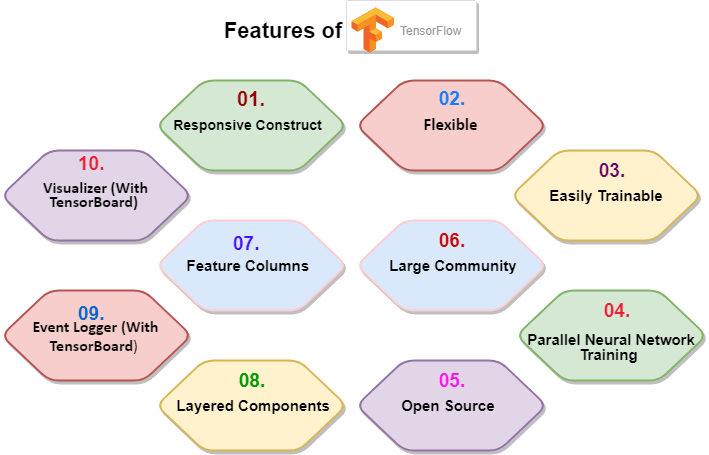
1. Responsive ConstructWe can visualize each part of the graph, which is not an option while using Numpy or SciKit. To develop a deep learning application, firstly, there are two or three components that are required to create a deep learning application and need a programming language. 2. FlexibleIt is one of the essential TensorFlow Features according to its operability. It has modularity and parts of it which we want to make standalone. 3. Easily TrainableIt is easily trainable on CPU and for GPU in distributed computing. 4. Parallel Neural Network TrainingTensorFlow offers to the pipeline in the sense that we can train multiple neural networks and various GPUs, which makes the models very efficient on large-scale systems. 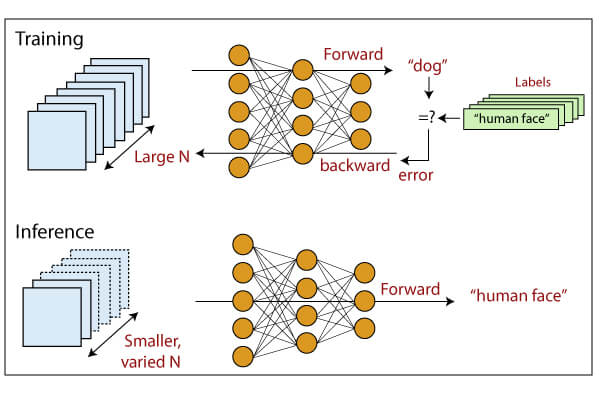
5. Large CommunityGoogle has developed it, and there already is a large team of software engineers who work on stability improvements continuously. 6. Open SourceThe best thing about the machine learning library is that it is open source so anyone can use it as much as they have internet connectivity. So, people can manipulate the library and come up with a fantastic variety of useful products. And it has become another DIY community which has a massive forum for people getting started with it and those who find it hard to use it. 7. Feature ColumnsTensorFlow has feature columns which could be thought of as intermediates between raw data and estimators; accordingly, bridging input data with our model. The feature below describes how the feature column is implemented. 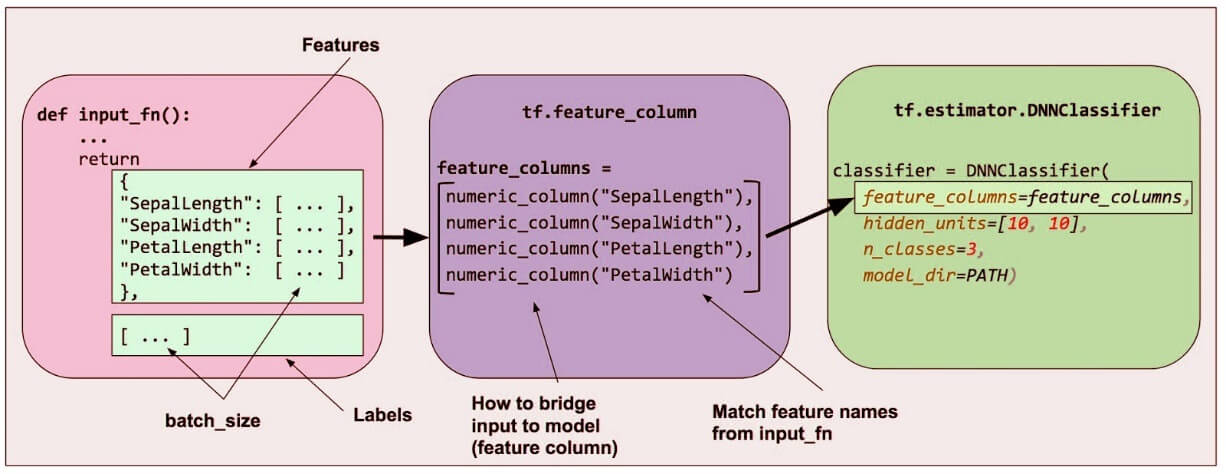
8. Availability of Statistical DistributionsThis library provides distributions functions including Bernoulli, Beta, Chi2, Uniform, Gamma, which are essential, especially where considering probabilistic approaches such as Bayesian models. 9. Layered ComponentsTensorFlow produces layered operations of weight and biases from the function such as tf.contrib.layers and also provides batch normalization, convolution layer, and dropout layer. So tf.contrib.layers.optimizers have optimizers such as Adagrad, SGD, Momentum which are often used to solve optimization problems for numerical analysis. 10. Visualizer (With TensorBoard)We can inspect a different representation of a model and make the changed necessary while debugging it with the help of TensorBoard. 11.Event Logger (With TensorBoard)It is just like UNIX, where we use tail - f
Next TopicInstallation of TensorFlow through pip
|
 For Videos Join Our Youtube Channel: Join Now
For Videos Join Our Youtube Channel: Join Now
Feedback
- Send your Feedback to [email protected]
Help Others, Please Share










